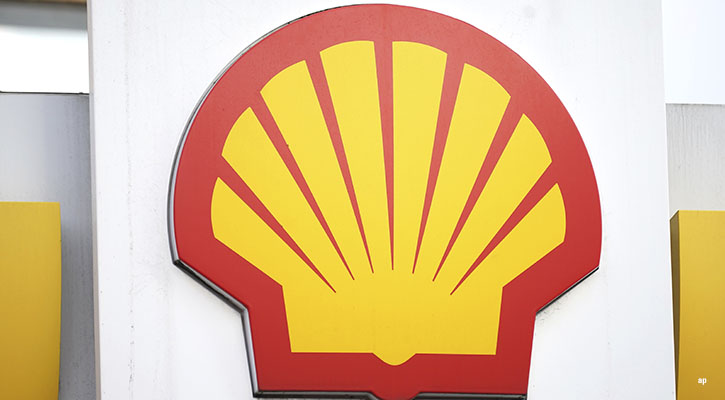Let the tapering commence! The message that this is good news, oft repeated in this column, has finally got through to the wider investment public. We can thank Ben Bernanke and Janet Yellen rather than Santa Claus for this week’s stock market rally.
Hints that the Federal Reserve Bank could start to reduce the $85 billion a month it has been pumping into the US economy have previously been met with alarm and, typically, a 100 point drop in the FTSE 100 index. Markets have taken the view that cutting back could jeopardise the US economic recovery.
In my view tapering should be seen as a vote of confidence in the recovery and an indication that the US economy can stand on its own two feet. It is a sign that quantitative easing has worked and that we are getting back to normal. After all, the US recovered sooner and more quickly from the 2008 financial crisis than we have done in the UK, yet the Bank of England has been able to suspend its own QE programme.
The reduction in US bond buying by the Fed to $75 billion is probably well judged. It is not so dramatic as to spook the markets but it does mean that tapering is now a policy rather than an aspiration. This is particularly important as Yellen, who was thought to be more cautious about tapering, will take over as Fed chairman next month.
Bernancke stated in a press conference that QE could be stepped up again if necessary but that looks extremely unlikely given that US unemployment is now down to 7%. It was the persistence of unemployment that delayed tapering by several months.
As it happens, 7% is the level at which Bank of England Governor Mark Carney says the bank’s monetary policy committee will start to consider raising UK interest rates so the US is still well behind us in terms of getting back to normal monetary policy. The Fed intends to keep interest rates at or near to zero until unemployment is down to 6.5%.
The bounce back in shares in the UK and US – the FTSE 100 gained nearly 100 points instead of dropping by a similar amount as it did earlier in the year when tapering reared its head – emphasises how important it is for share buyers to capitalise on dips in the market while there is still chance. It takes more nerve but the rewards are greater.
What Next for the US Economy?
Back on this side of the Atlantic the economic figures have been mainly positive but were rounded off with one real horror story.
As in the United States, it was the employment figures that set pulses racing as the number in work in the UK topped 30 million for the first time. The surge pushed the unemployment rate down to an average of 7.4% in the three months to October and it is highly likely that the figure is now below the 7% threshold set by Carney.
Already there is speculation that the target will be lowered to 6.5%, as in the US, so that the first interest rate rise can be postponed to the middle of next year. It is worth recalling that Carney originally thought 7% unemployment would not be achieved until early 2016.
It is true that the number in part time work continues to grow but it is heartening that people would rather be useful than live the self-destruction that is the dole. We are creating too many low productivity, low pay jobs but at least the momentum continues to be in the right direction.
The reduction in unemployment to below 2.4 million was underlined by surprisingly good revisions to previously announced economic growth figures. Confirmation of the highly encouraging 0.8% growth in gross domestic product in the July-to-September period was accompanied by upgrades to earlier quarters. The economy has grown faster than we thought this year.
The fly in the ointment is the extent to which the recovery is being fuelled by personal spending that is sucking in imports rather than benefiting the UK directly. The current account deficit - the difference between the money received from exports and imports - widened sharply in the third quarter to £20.7bn, up from £6.2bn in the second quarter.
Oddly, the second quarter’s deficit has been chopped to less than half the original estimate, which shows how one must take initial estimates of any government figures with a pinch of salt. Let us hope that the third quarter chasm is similarly reduced.
Public sector net borrowing, like the trade gap, remains uncomfortably high, rising to £16.5 billion in November, up from £15.6 billion in the same month last year. However, the recovery should pull the deficit lower in coming months.
All in all, we should go into the Christmas period with cautious optimism and I wish all readers of this column a joyous break and a prosperous New Year. There will be no column next week but I will return on 3 January with my outlook for 2014.
I will be making condensed comments on investment issues on my Twitter account @rodneyhobson in the meantime.




























